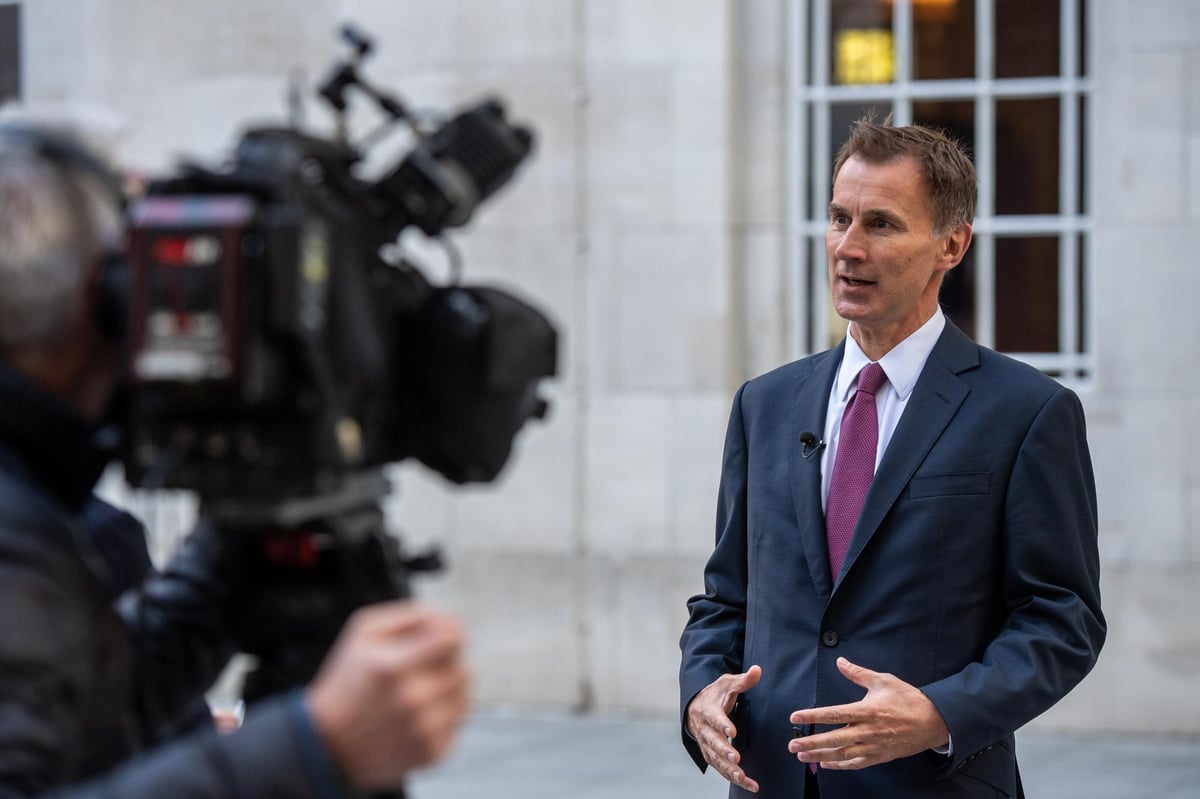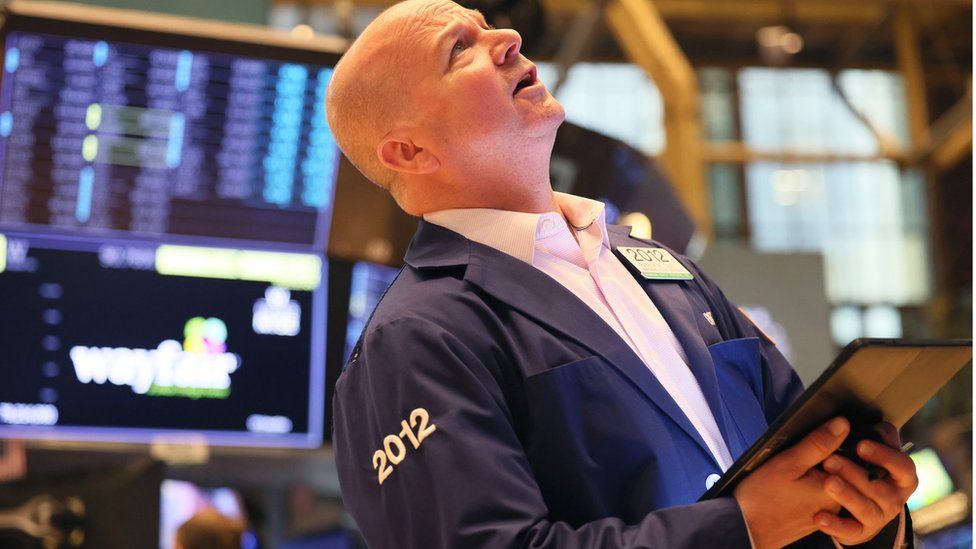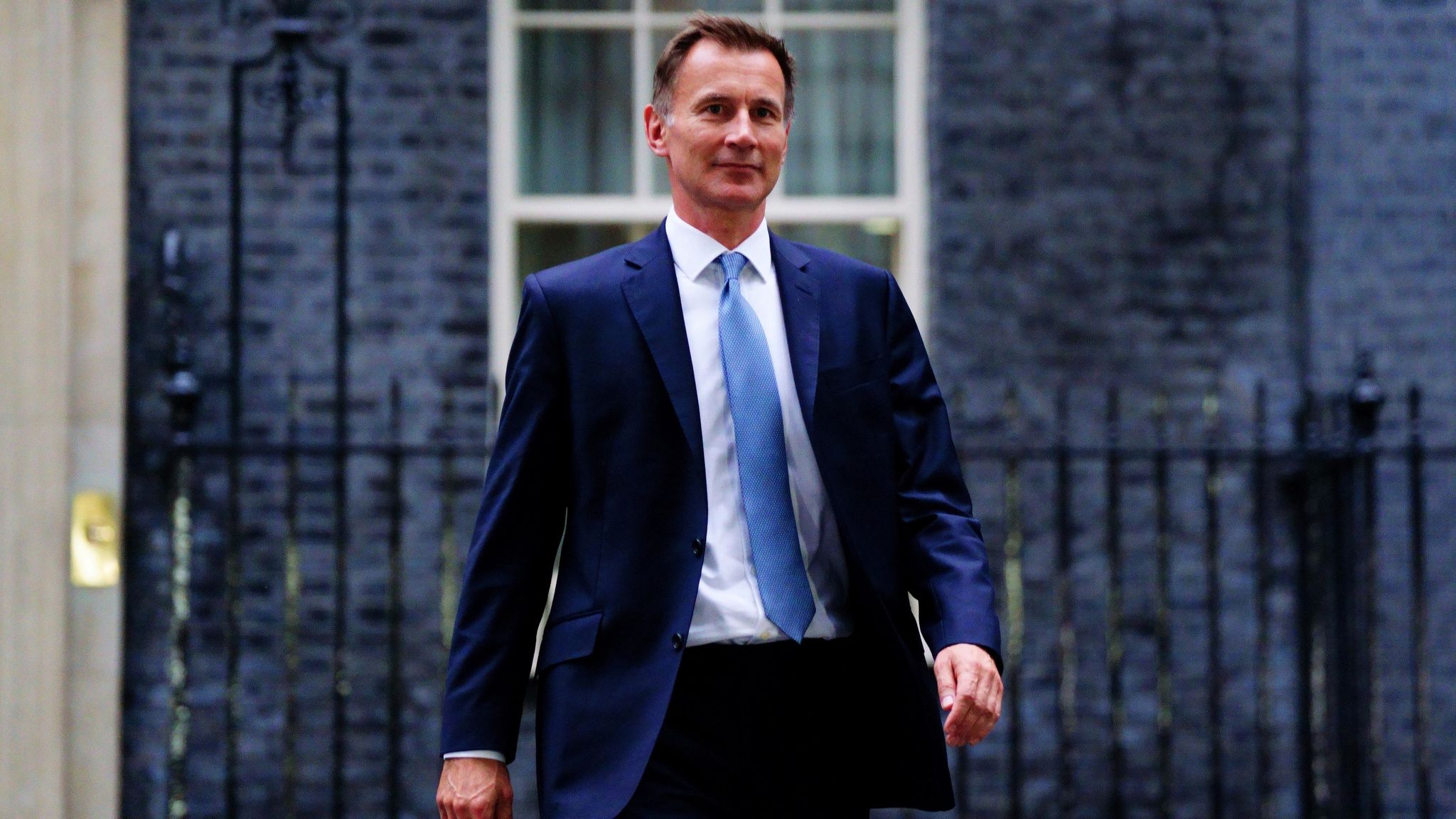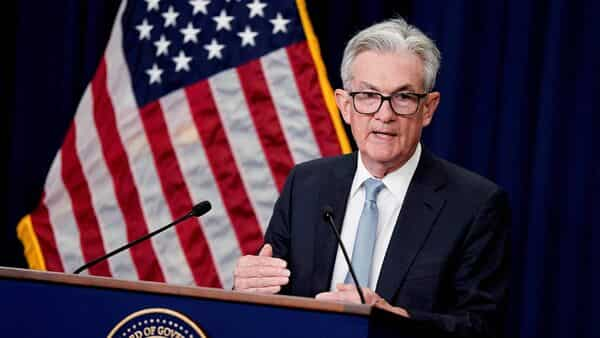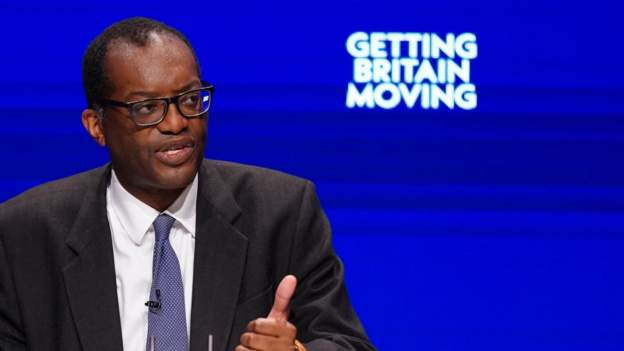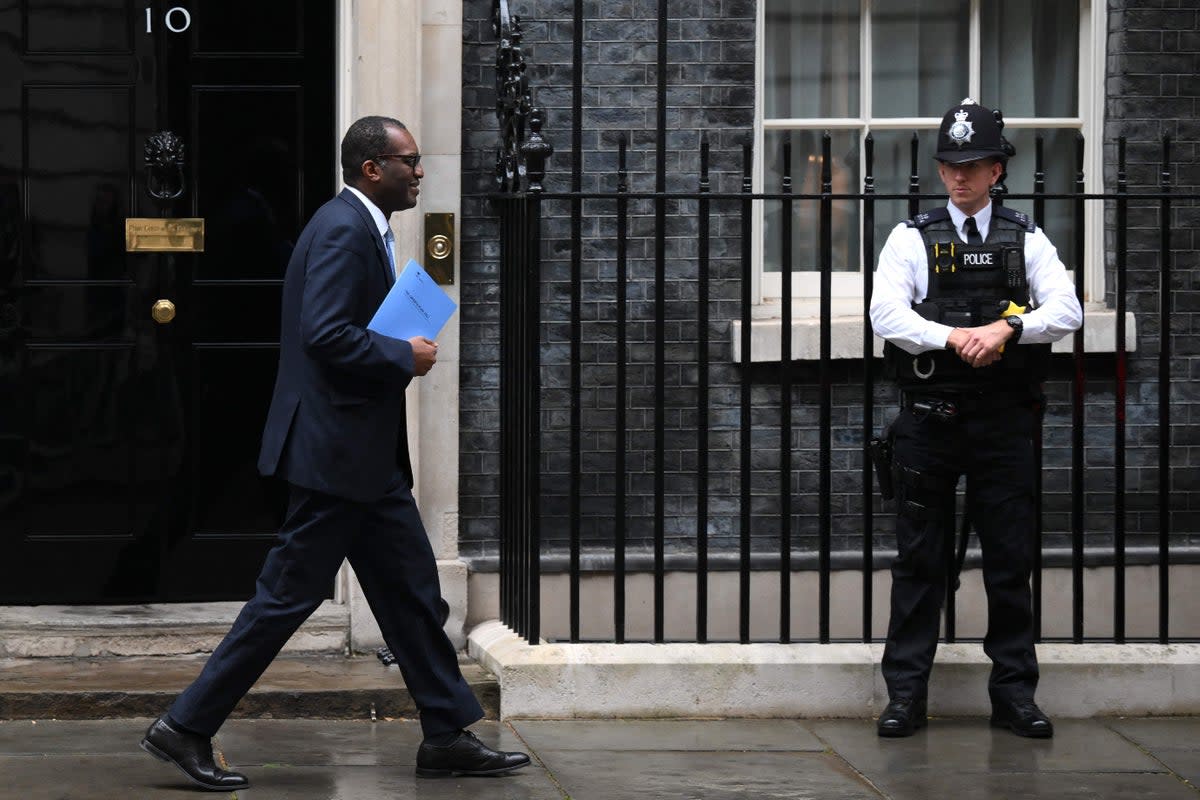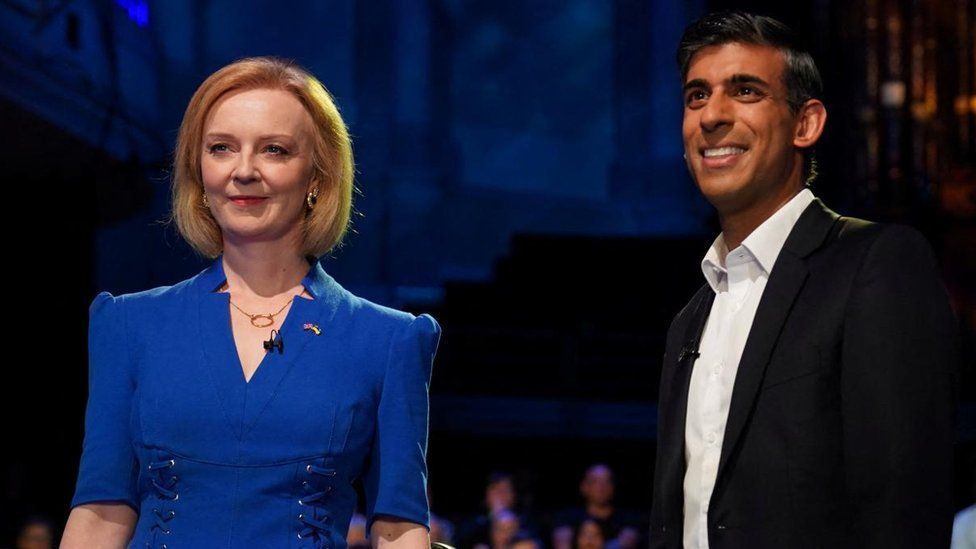GBP: The risk of a two-year recession in Britain, flagged last week by the Bank of England, underscores the high stakes for Prime Minister Rishi Sunak and his finance minister Jeremy Hunt as they prepare to announce major tax increases and spending cuts. The BoE said on Thursday that Britain’s economy would shrink for eight three-month quarters in a row – the longest such run in at least a century – if interest rates go up by as much as financial markets have been expecting recently. That would be a longer and shallower economic contraction than the ones that followed the COVID-19 lockdowns and the global financial crisis of 2007-09. Ultimately, the backdrop of high inflation this time is limiting the policy options available to the government. In fact, even if borrowing costs do not rise any further at all, the BoE’s forecasts still paint a grim picture of an economy contracting in five of the next six quarters under the strain of a tight cost-of-living squeeze.
EUR: The Euro fell in early European trade this morning as market participants closed their positions after the Euro marked its biggest weekly gain since late 2015 against dollar; however, risks continue to surround the common currency. In fact, despite German industrial production surprising to the upside – where industrial output in the Eurozone’s largest economy grew by 0.6% on the month in September – these increases were offset by a 0.9% month-on-month fall in output in energy-intensive branches of industry. Ultimately, supply chain bottlenecks stemming from the war in Ukraine continued to hamper the country’s wider industrial sector, particularly in processing orders where last week’s data showed a 4% slump.
USD: The dollar tumbled on Friday after the U.S. nonfarm payrolls report for October showed the world’s largest economy created more new jobs than expected, but also flashed signs of a slowdown with a higher unemployment rate and lower wage inflation. The greenback initially rose immediately after the data, but fell as market participants digested the jobs report, noting the data was not all positive and supports the view the Federal Reserve could slow the pace of future rate hikes. However, the U.S. dollar retraced some of its losses in early European trade this morning as risk sentiment was on the wane following China’s affirmation on its commitment to a zero-COVID policy. Nonetheless, gains are limited as traders cautiously await the release of key U.S. inflation data on Thursday, which could provide more clues as to the Federal Reserve’s hiking intentions in December, as well as the political ramifications from the midterm elections on Tuesday where control of Congress and President Joe Biden’s agenda for the remaining two years of his term are at stake.

